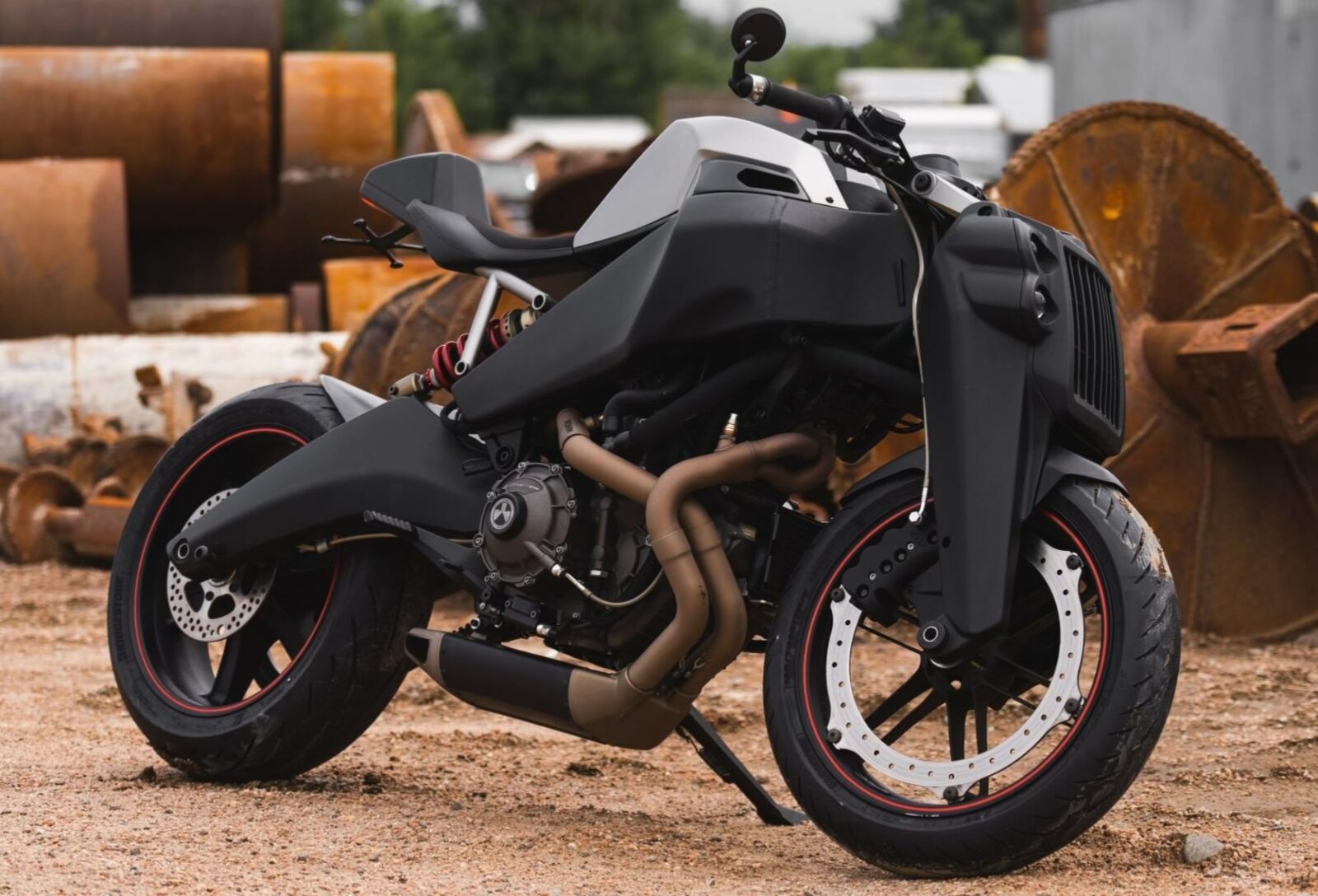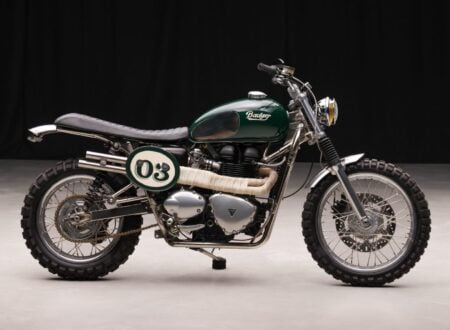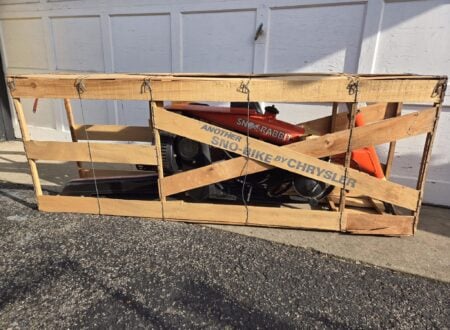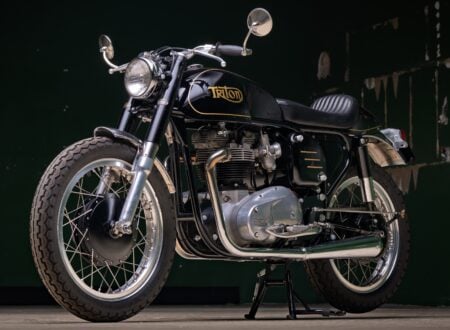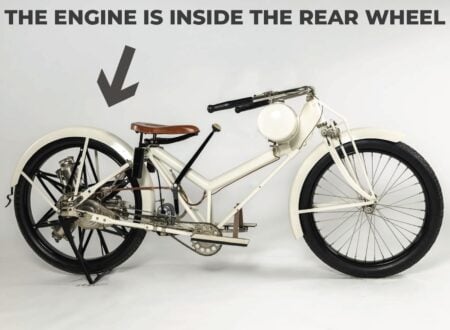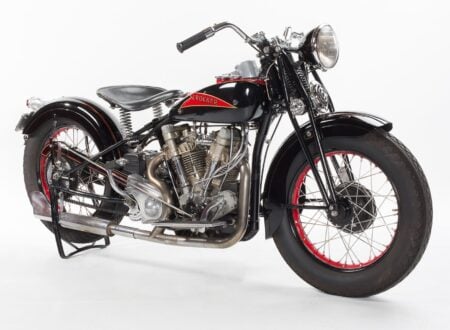This is the Ronin 47, it’s a limited production motorcycle of which just 47 were made, hence the name, and the project was run by Ronin Motor Works and bankrolled by Magpul Industries – both based out of Colorado.
The Ronin 47 is named after the rōnin Samurai Oishi Nobukiyo and it’s powered by the highly-regarded 1,125cc Rotax Helicon V-twin. The bike is closely based on the Buell 1125 but it includes a slew of improvements that completely change the look, reduce the curb weight by 50 lbs, and improve power output.
Fast Facts – The Ronin 47
- The Ronin 47 motorcycle was born from a collaboration between Magpul Industries and Ronin Motor Works. It was based on the Buell 1125. The project aimed to give the bike a unique identity, a reimagined design, and significant increase in performance.
- The motorcycle’s name, “Ronin,” draws from the Japanese term for a masterless samurai, symbolizing independence, self-reliance, and the pursuit of an individual path.
- Ronin Motor Works produced only 47 units of the Ronin 47– each bike was individually numbered and named. The motorcycle you see in this article is #37 of the 47.
- The Ronin 47 uses the original Buell perimeter frame which also doubles as the fuel tank, it also retains the 1,125cc Rotax Helicon V-twin, however almost every other component on the bike has been replaced, rebuilt, or reimagined.
Building The Ronin 47
The Ronin 47 started out as a project by Ronin Motor Works to create a new American superbike for the 21st century. It was bankrolled by Magpul Industries, manufacturers of composite high-tech firearm accessories including magazines, stocks, grips, rails, sights, bipods, and more.


Each Ronin 47 started out as a Buell 1125 however to call them a custom motorcycle is to do them a disservice. Each of these motorcycles was completely disassembled, and with the exception of the frame and engine, almost every other component was replaced.
Starting at the front of the bike it has a distinctive cast aluminum alloy linkage fork that contains a fully adjustable Penske monoshock and a high-flow, single-core radiator in front-and-center position to ensure that the famously hot-running 1,125cc Rotax Helicon V-twin can be kept cool enough – even in warmer climates.
The headlights are integrated into the left hand side of the linkage fork, just to the side of the radiator, and there are two bulbs stacked vertically with different lenses for low and high beam operation. The rear vision mirrors are discrete bar-end style mirrors that attach to the outside ends of the handlebars and use convex glass to offer a wide field of view despite their smaller size.
The engine includes a built-in six speed transmission which remains in place, sending power to the rear wheels via a belt drive. This engine was remapped to run cooler than the original unit ever did, and it was fitted with a free-flow intake and exhaust system which helps to boost power over the original.
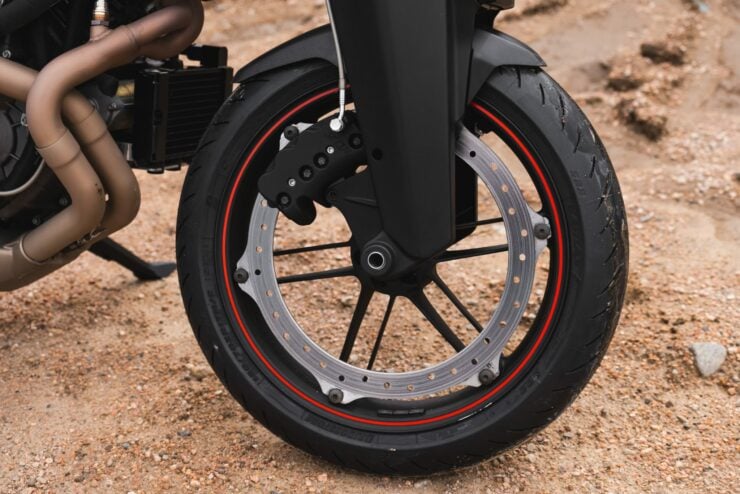

That exhaust runs out through a ceramic-coated belly-mounted muffler, and although power output isn’t listed its probably fair to say that it’s notably over the 146 bhp and 82 lb ft of torque of the original unit.
The new handlebars are fitted with custom hydraulic radial master cylinders and adjustable levers for both brake and clutch controls, and as is standard practice the fluid reservoirs sit atop the handlebars with a discrete blacked out finish.
The instruments are embedded in a cast aluminum nacelle, and the clutch lever housing includes a four-way switch allowing the rider to control various functions. Interestingly, the bike is started via an RFID based proximity system, and the receiver is under the custom airbox cover.
Moving to the back of the bike, the rear subframe is CNC-machined and TIG welded, and it has a cast aluminum tail section with an integrated rear light and just in behind the rear light is the motorcycle’s master ECU.
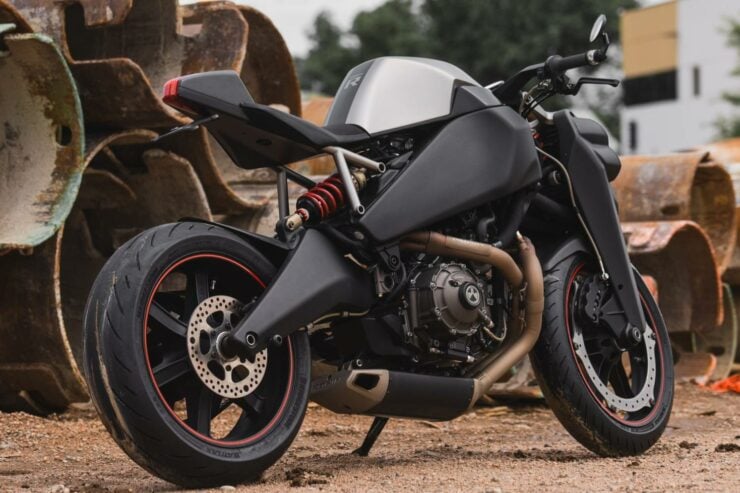

The rear Penske monoshock is fully adjustable and can be dialed in to match the front, and to account for rider weight and riding conditions. The bike keeps the rim-mounted brake rotors from the Buell up front, with an 8-piston caliper up front and a 2-piston caliper on the standard disc in the rear.
The bike rides on lightweight alloy wheels front and back and tire choices can tend to vary from rider to rider depending on personal preference and riding style.
Although the term “superbike” tends to get bandied around quite freely there can be no doubt that this is a superbike in every sense of the world, with state of the art engineering, ~150 bhp, and performance that’ll leave most in the dust. There are some who believe that a motorcycle needs to have a fairing to qualify for the superbike label, however it’s worth remembering that the term superbike was first invented back in the late 1960s to describe the then-new Honda CB750 – a motorcycle with no fairing.
#37 – The Ronin 47 Shown Here
The motorcycle you see here is the 37th of the 47 Ronins built. It’s finished in black over silver and it was given a recent service by Johnny Schwaig of Ronin Motor Works which included replacing the tires, performing an oil change, and installing a license plate bracket.
The bike is now showing just 1,700 miles from new, likely make it one of the lower mileage examples off the Ronin 47 out there, and it’s being offered for sale out of Denver, Colorado with a clean Ohio title in the seller’s name listing the bike as a 2009 Buell.
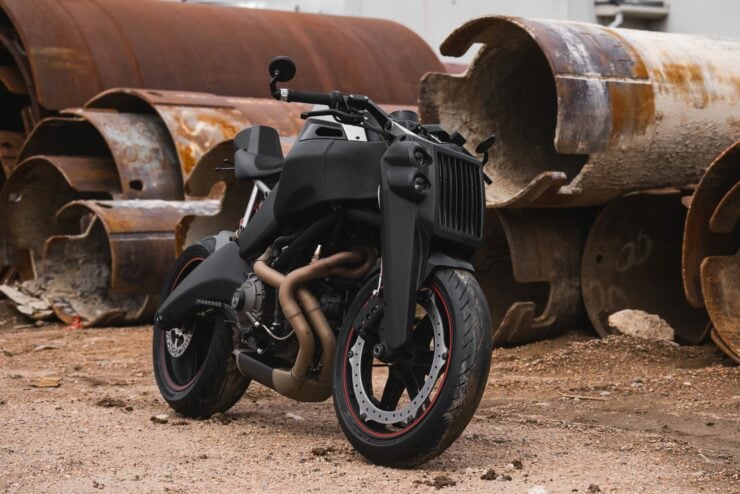

We only rarely see these bikes come up for sale, in part due to their rarity but also because their owners tend to be understandably reticent to let them go. The riding experience has been compared to the Speeder Bikes first seen on the big screen in Star Wars: Episode VI Return of the Jedi on the forest moon of Endor, and it’s not hard to see why.
If you’d like to read more about this unusual motorcycle or register to bid you can find the listing here on Bring a Trailer here.
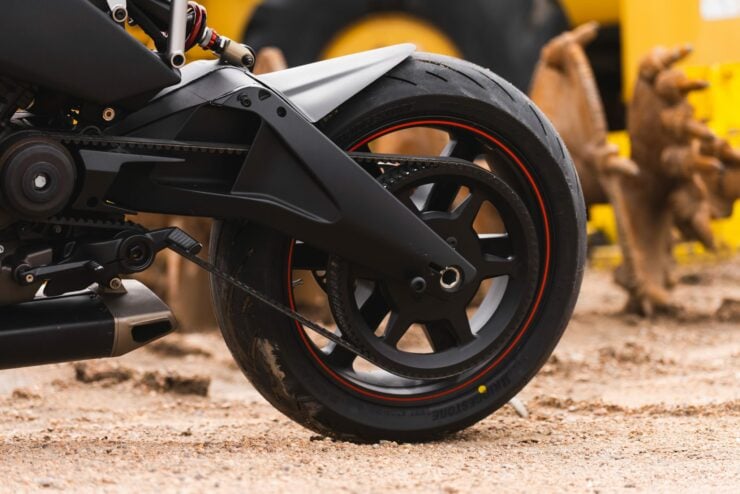
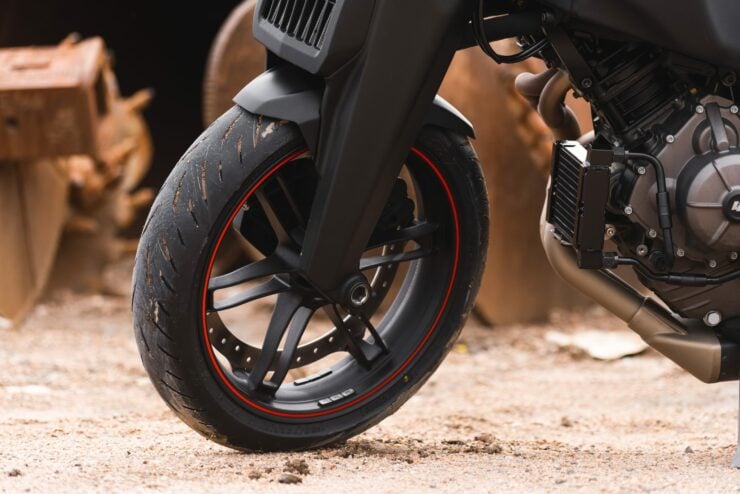
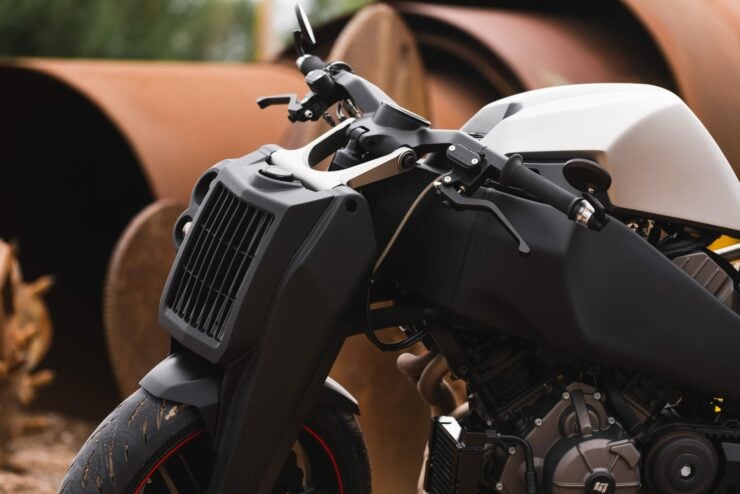
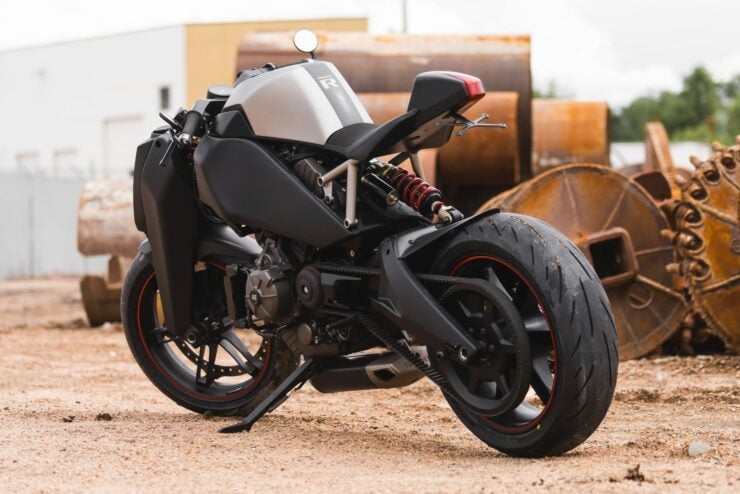
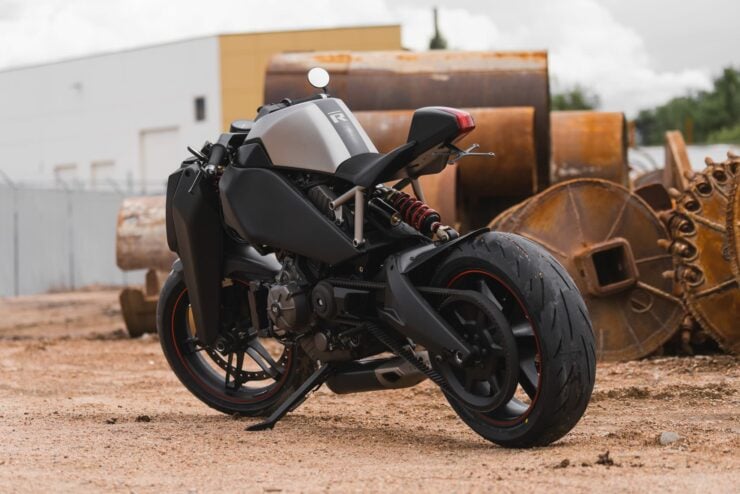
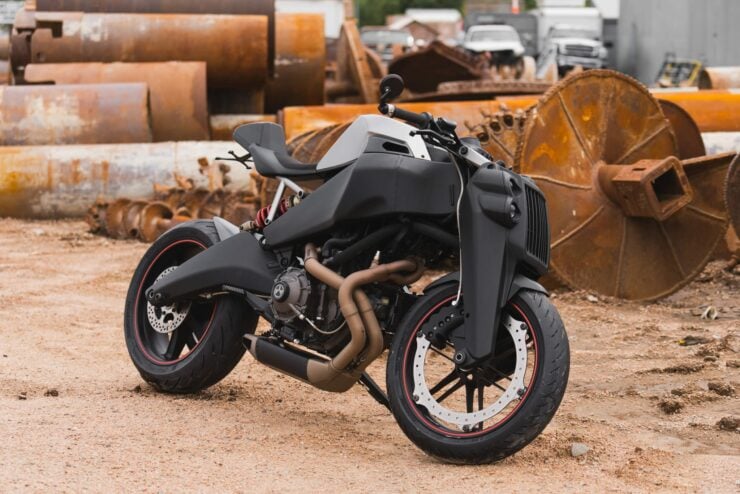

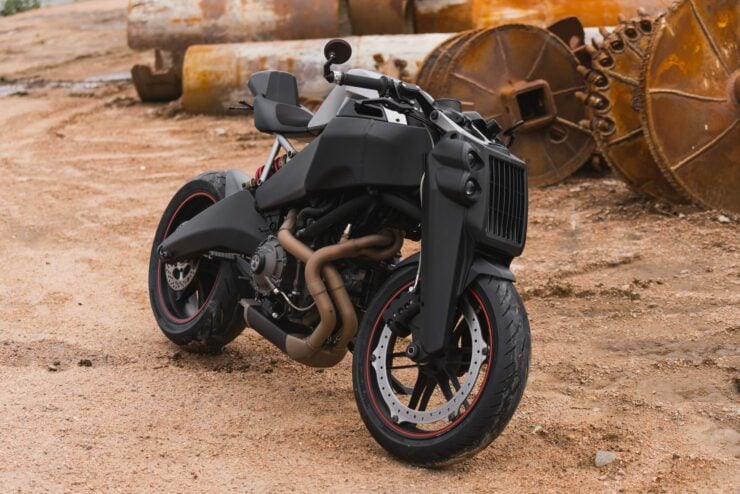
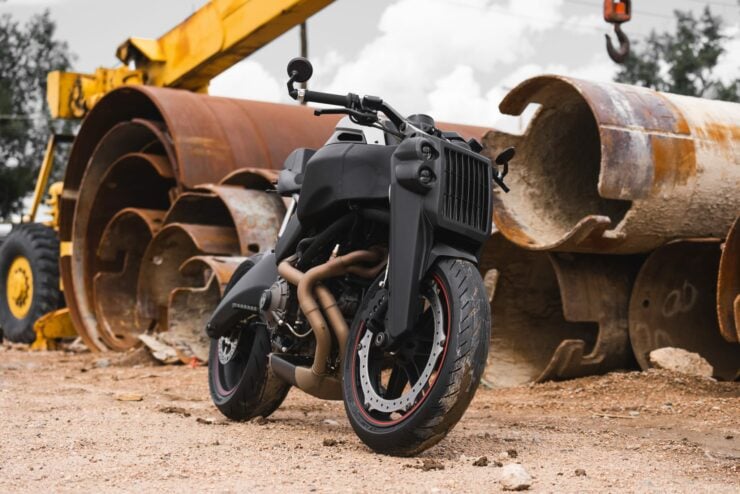
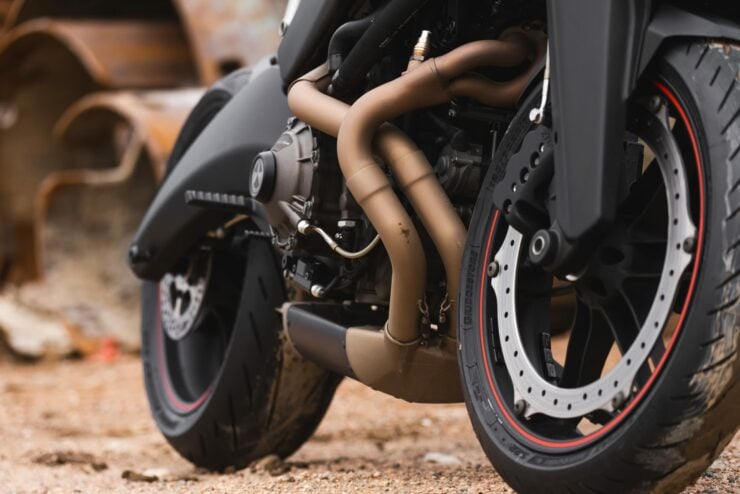
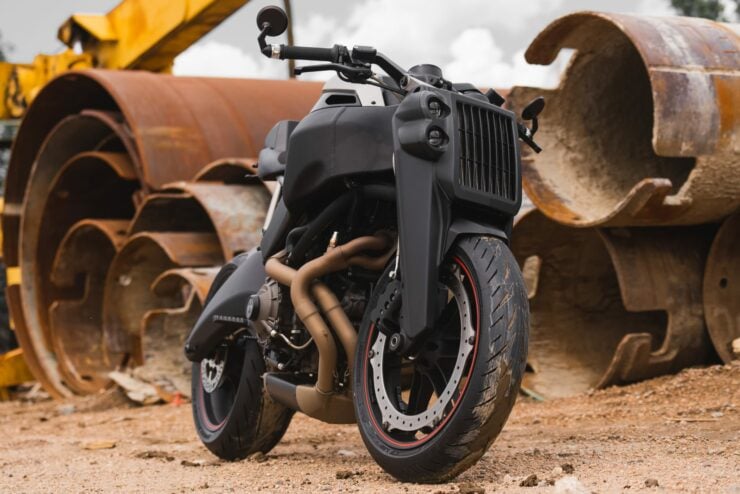
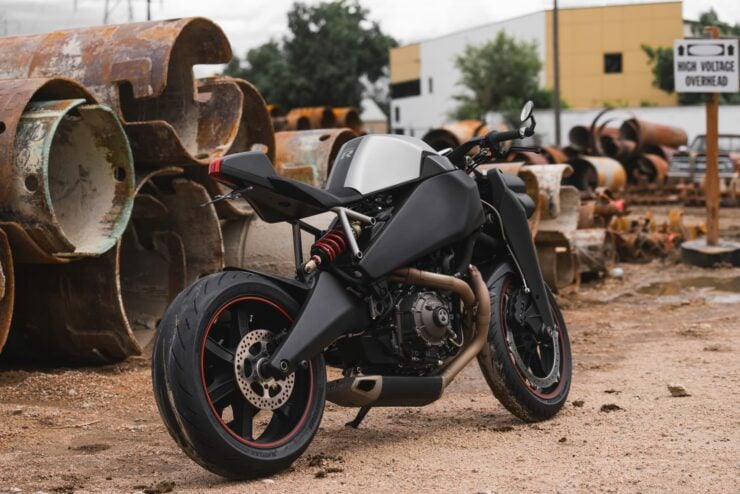
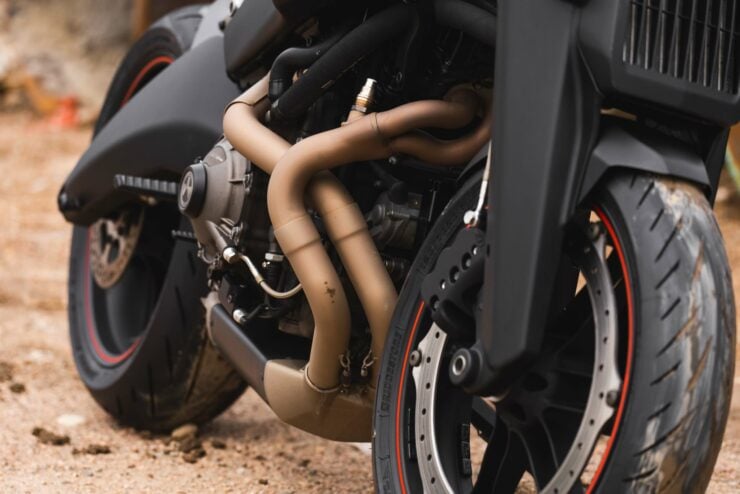
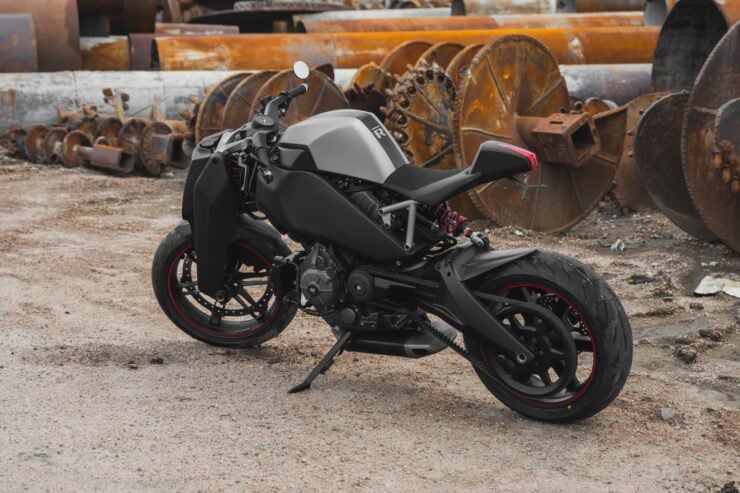
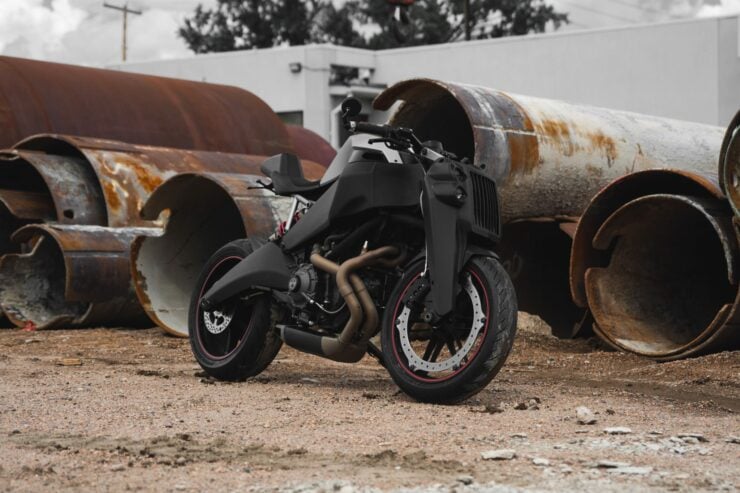
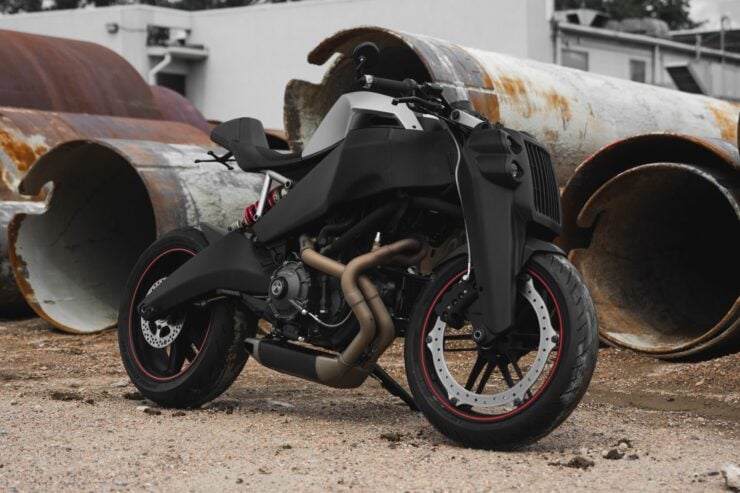
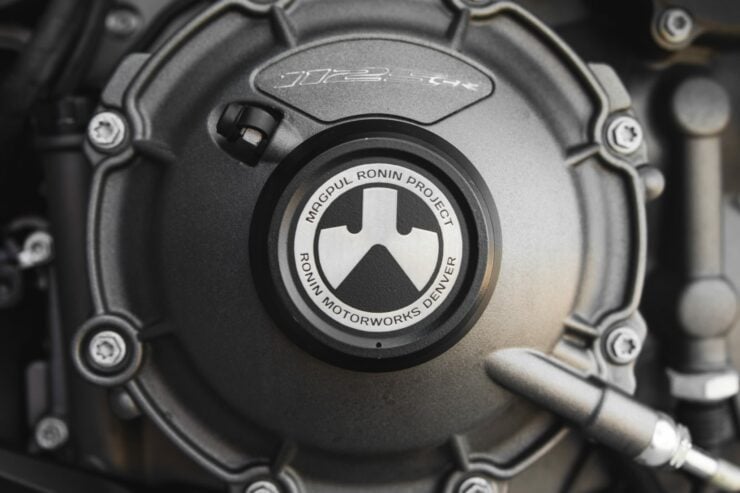
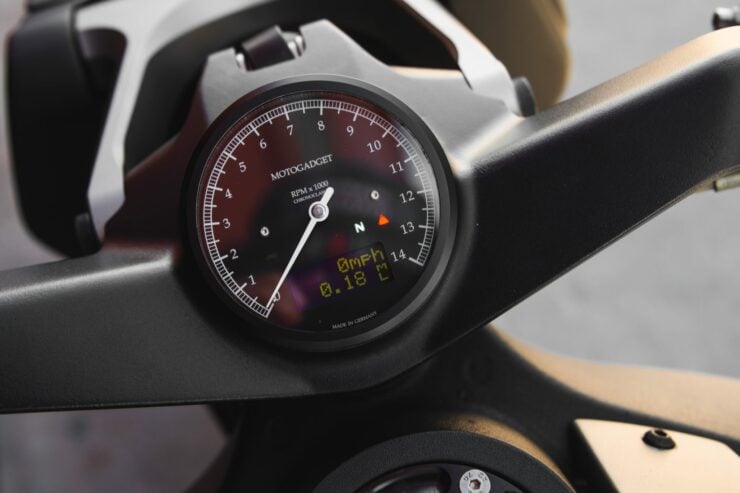
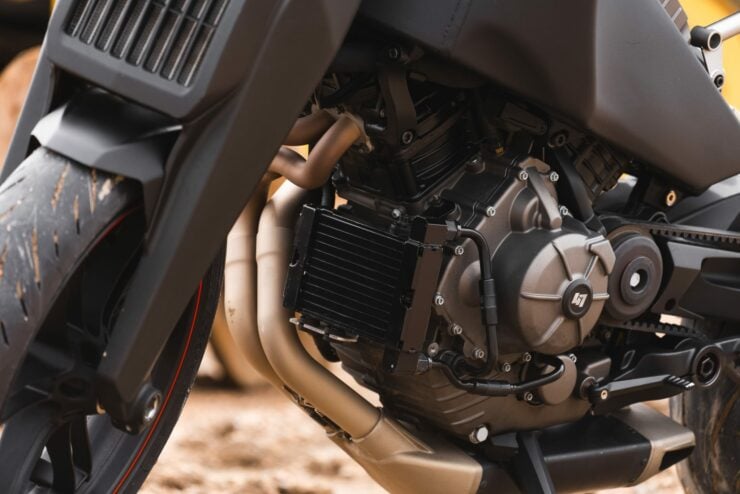
Images courtesy of Bring a Trailer

